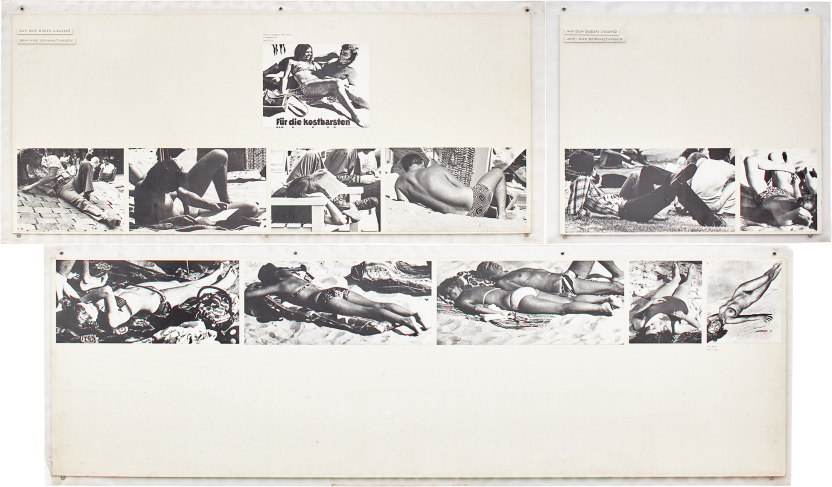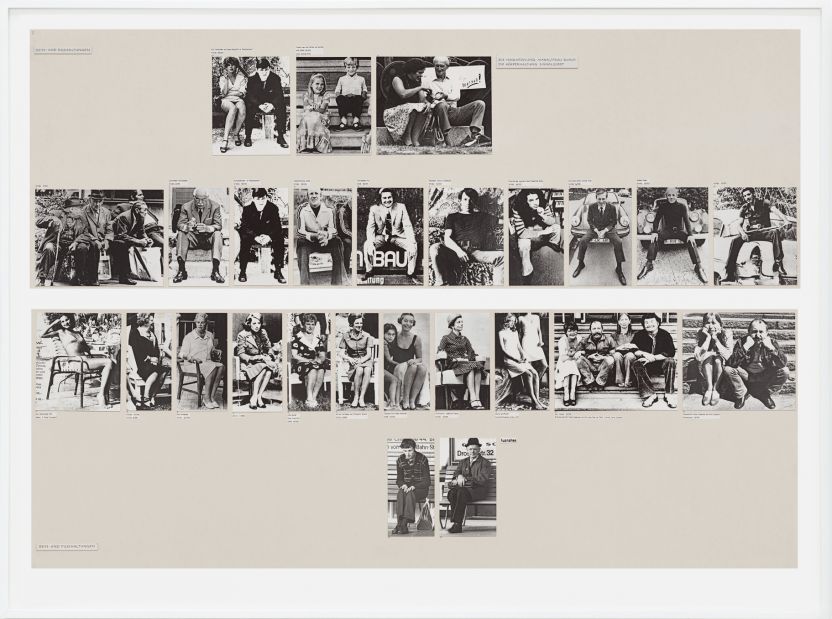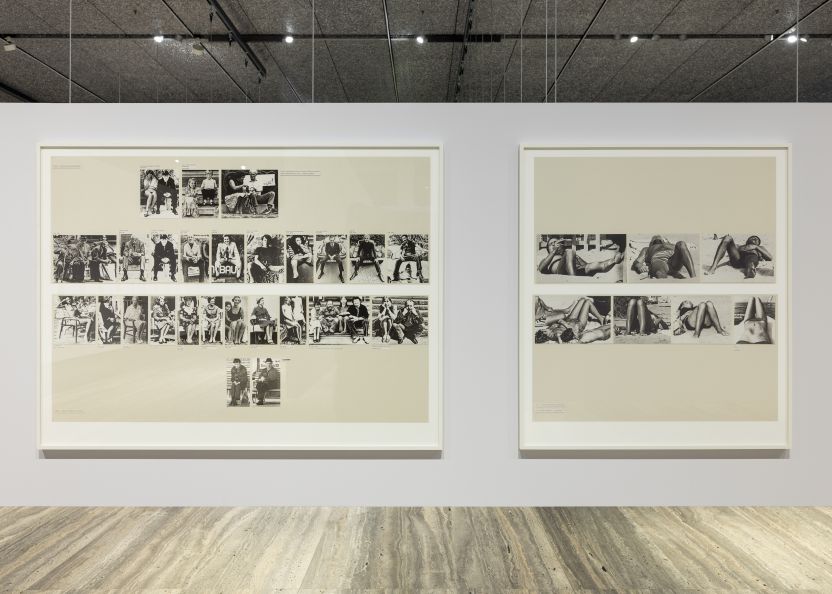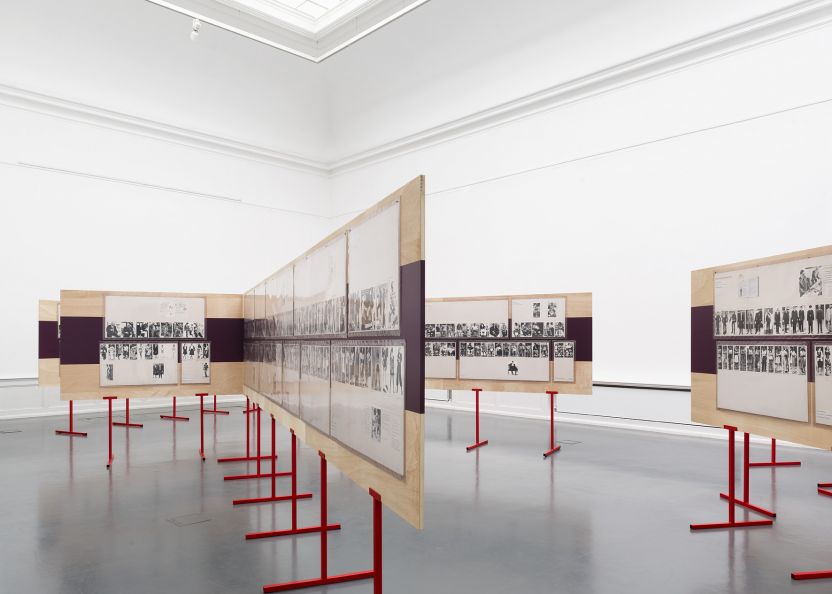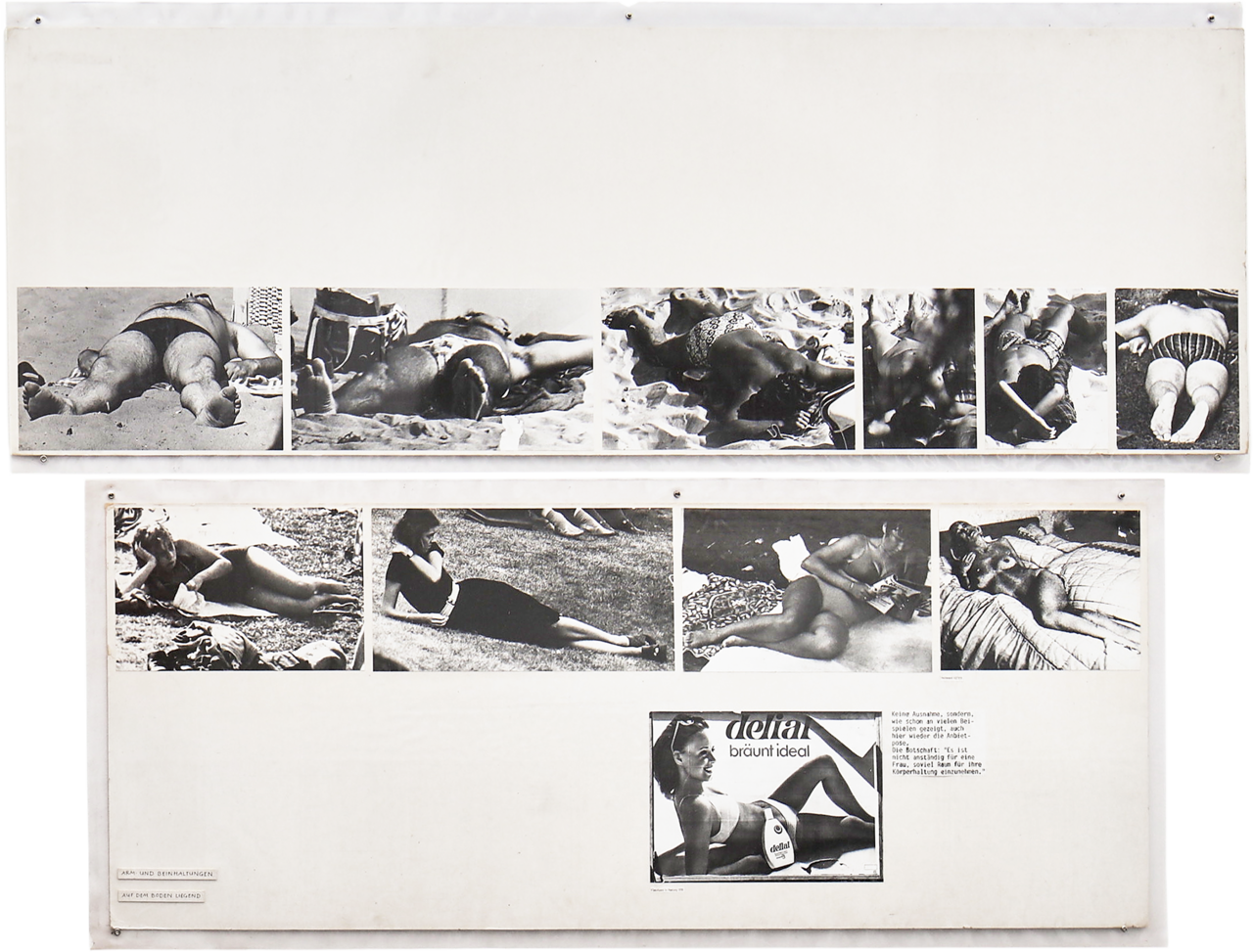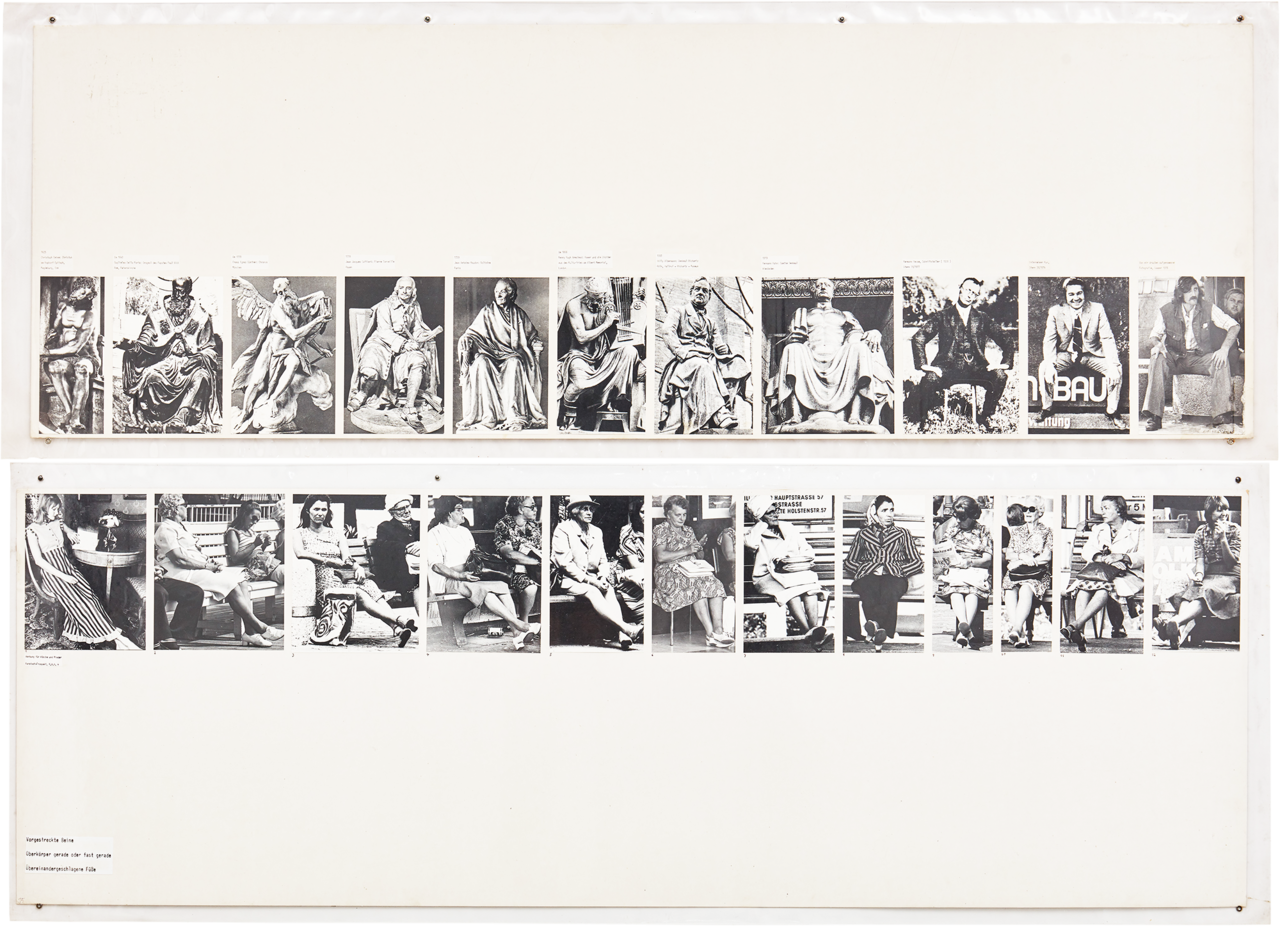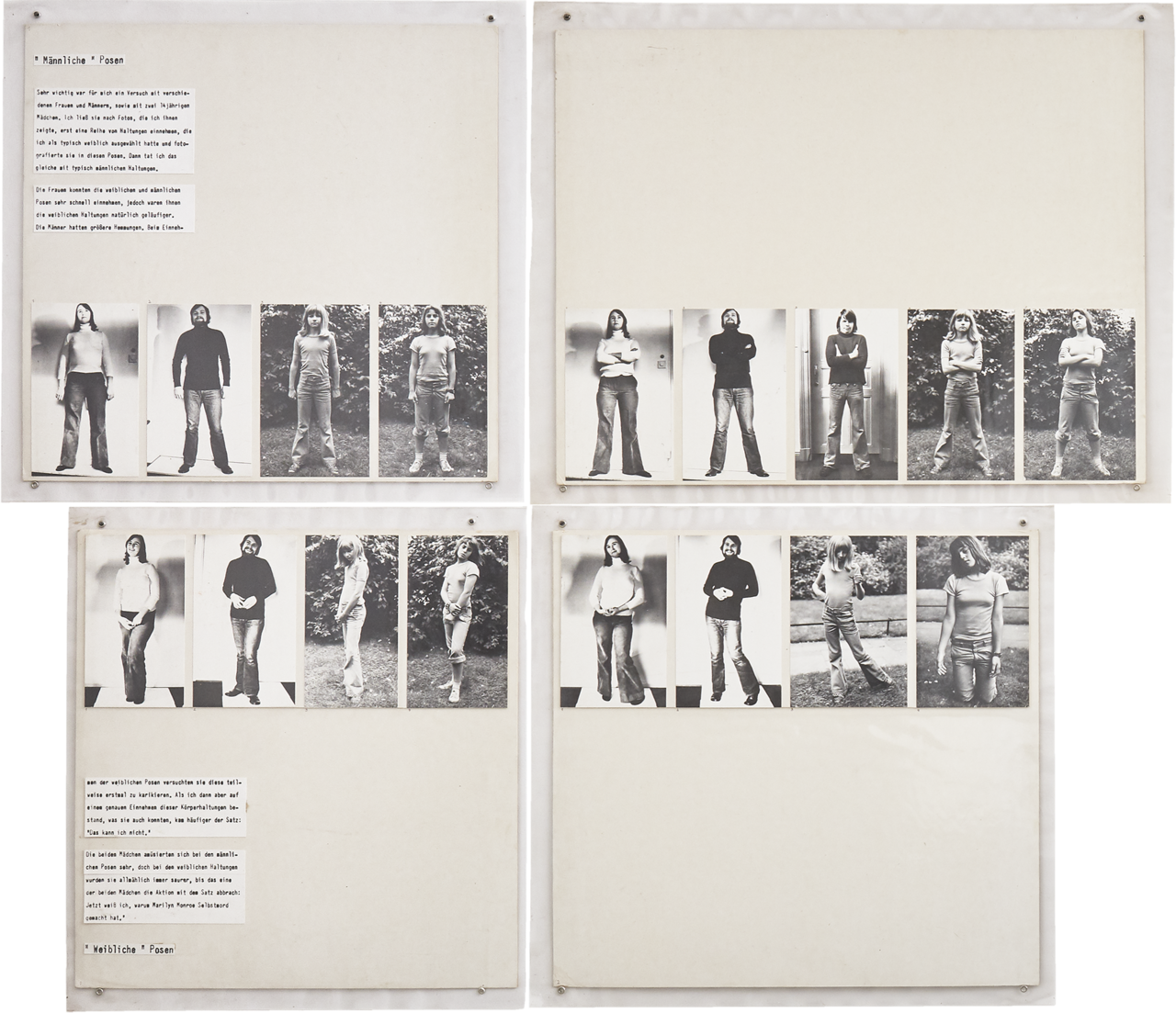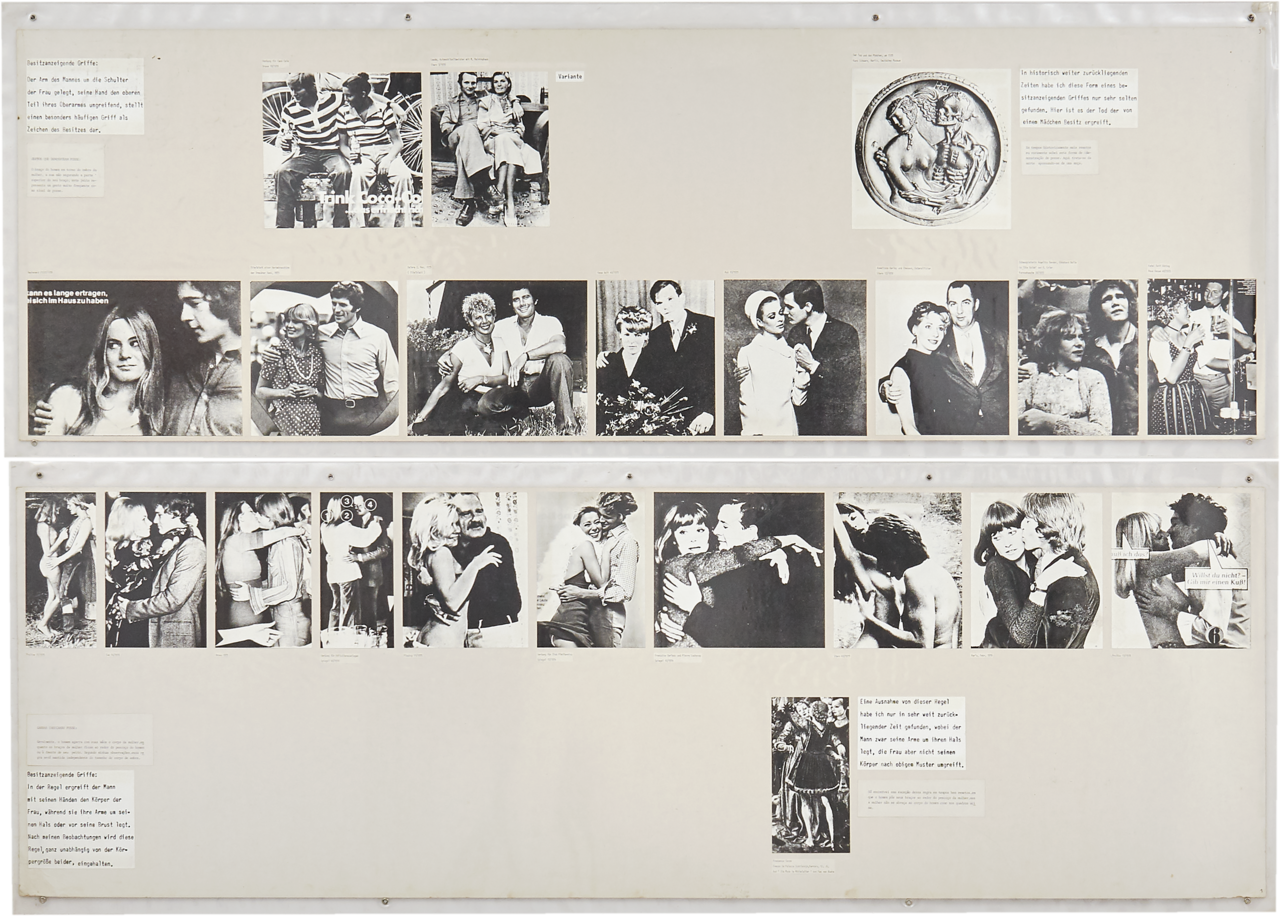Marianne Wex
Biography
Born 1937, Hamburg. Died 2020, Höhr-Grenzhausen, Germany.
Selected Solo Exhibitions
Let’s Take Back Our Space, Tanya Leighton, Los Angeles
Let's Take Back Our Space, Tanya Leighton, Berlin
Life. A manual exhibition inspired by the work of Georges Perec, Galeria Zachęta, Warsaw, Poland
Selected Group Exhibitions
STAND UP! Feministische Avantgarde. Werke aus der SAMMLUNG VERBUND, Wien, Sprengel Museum, Hanover
Typologien: Photography in 20th-century Germany, Fondazione Prada, Milan
Identities, Rothschild & Co Wealth Management, Zürich
Serial Tendencies, SETAREH, Düsseldorf
The Lives of Documents—Photography as Project, Canadian Centre for Architecture, Montréal
Press
- Artforum, October 2020
- Monopol, October 2020
- Texte zur Kunst, December 2019
- Flash Art, March/April 2018
- Texte zur Kunst, February 2018
- Monopol, January 2018
- Bad Visual Systems, February 2017
- Spike Magazine, March 2016
- Monopol, October 2014
- The Funambulist, January 2014
- Aperture, Winter 2013
- Contemporary Art Daily, August 2013
- Frieze, October 2012
- Contemporary Art Daily, September 2012
- Afterall, April 2011
- EMMA, July 2002

